Essential Forestry Publications for Forest Management and Research
- August 21, 2024
- 0 comment
Forestry, as a field of study and practice, is ever-evolving, with new insights and methodologies continually emerging. Staying informed through key publications is crucial for foresters, researchers, and policymakers to effectively manage and conserve forest ecosystems.

Let’s explore essential forestry publications that provide invaluable knowledge and guidance, ranging from leading scientific journals to practical reports and innovative resources. These publications serve as the backbone of informed decision-making and sustainable forest management.
Top Forestry Journals for Research and Practice
Scientific journals have long been the cornerstone of advancing knowledge in forestry. They offer peer-reviewed research, case studies, and theoretical analyses that help shape the practices and policies that govern forest management.
Among the most respected in the field is Forest Ecology and Management, edited by Dr. H.L. Gholz.
This journal covers a broad range of topics, including forest dynamics, conservation, and ecological management strategies. It’s a must-read for anyone involved in forest research or management, offering insights that are both practical and theoretically robust.
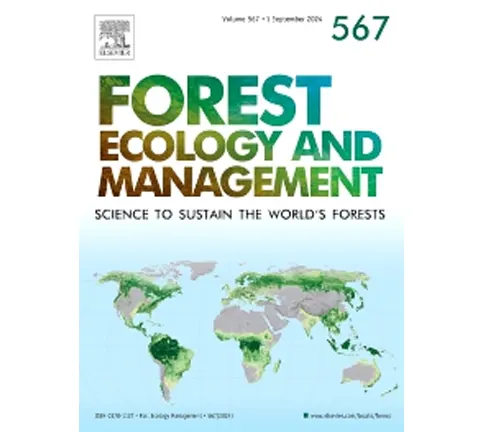
Similarly, the Canadian Journal of Forest Research, featuring contributions from prominent researchers like Dr. S. Gauthier and Dr. C. Messier, provides a Canadian perspective on forest ecology and conservation. This journal is particularly valuable for its in-depth analyses of boreal forest ecosystems, a critical area of study given the increasing impacts of climate change.
For those seeking free, easily accessible research, open-access journals like Forests and Forest Ecosystems are invaluable.
Edited by experts such as Dr. John A. Stanturf and Dr. Wenhua Xiang, these journals cover a wide array of topics, from forest ecology to sustainable management practices.
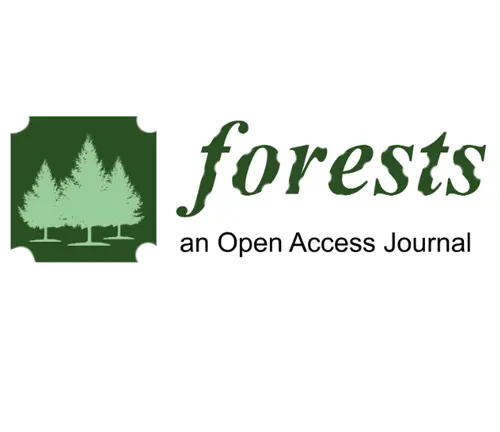
They democratize access to knowledge, making it possible for practitioners and students alike to stay current with the latest research without the barrier of subscription fees.
Niche journals, like the Scandinavian Journal of Forest Research, edited by Dr. H. M. Hytönen and Dr. T. Lehtonen, offer region-specific insights that are crucial for understanding local forestry practices and challenges. Similarly, Irish Forestry, published by the Society of Irish Foresters, provides valuable research and discussions relevant to the unique conditions of Ireland’s forests.
Influential Forestry Reports and Annual Reviews
In addition to journals, annual reports, and reviews play a pivotal role in providing comprehensive overviews of the state of forestry at both global and regional levels. The Food and Agriculture Organization (FAO) of the United Nations produces some of the most authoritative reports in the field.
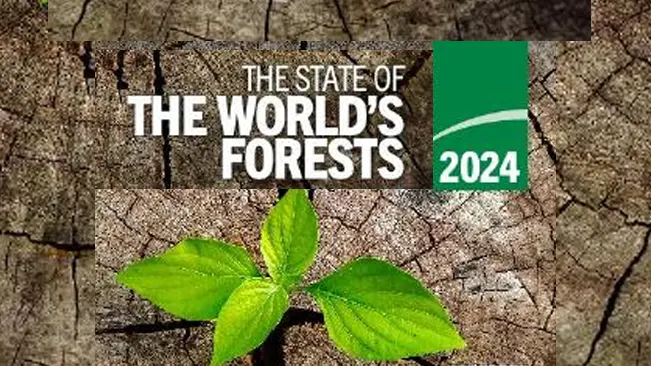
The State of the World’s Forests 2024, authored by the FAO Forestry Department, is a flagship publication that examines global forestry trends, challenges, and opportunities. This report is essential for understanding the broader context in which local and national forestry practices are embedded, particularly as it highlights the transformative power of innovation and sustainable practices.
At a regional level, reports like the UK’s Forestry Statistics 2023, published by Forest Research, offer detailed insights into forest areas, timber production, and carbon stocks within the United Kingdom.

These statistics are crucial for policymakers and forest managers who need accurate data to inform their decisions and strategies. By providing a clear picture of the current state of forests, these reports help ensure that management practices are grounded in the latest and most accurate information.
Publications for Practitioners and Policy Makers
While scientific journals and reports provide a wealth of theoretical and statistical information, practitioners and policymakers often require more practical guidance. This is where publications like Forestry: An International Journal of Forest Research and TREES magazine come into play. Published by the Institute of Chartered Foresters, these resources are tailored to meet the needs of those working directly in the field or involved in shaping forestry policy.
Forestry: An International Journal of Forest Research, edited by Dr. K.J. Kirby and Dr. P.G. Jarvis, covers all aspects of forest science, from silviculture to policy analysis. It’s an essential resource for understanding the science behind forest management and how it can be applied to real-world situations.
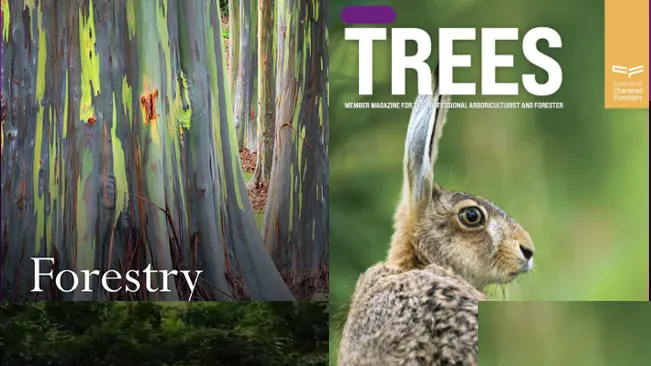
Meanwhile, TREES magazine offers more practical insights, with articles on forestry techniques, case studies, and updates on industry trends. It’s particularly useful for foresters who are looking for actionable advice and the latest developments in the field.
The Royal Forestry Society’s Quarterly Journal of Forestry serves a similar purpose, offering a platform for discussing forestry policy, practice, and sustainable woodland management in the UK.
This publication is unique in that it not only presents research findings but also facilitates discussions on how these findings can be applied to improve forestry practices.
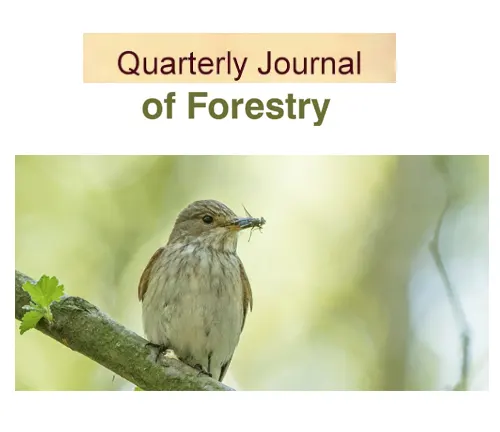
It’s a valuable resource for anyone involved in the management of woodlands and forests, providing both theoretical and practical perspectives.
Emerging Trends and Topics in Forestry Publications
With numerous valuable resources available, it’s crucial to know how to access and utilize them effectively. Many journals and reports are accessible online through institutional subscriptions or open-access platforms like MDPI, Springer, and the FAO’s online library. Professional forestry memberships often include subscriptions to key publications, enhancing access to essential information.
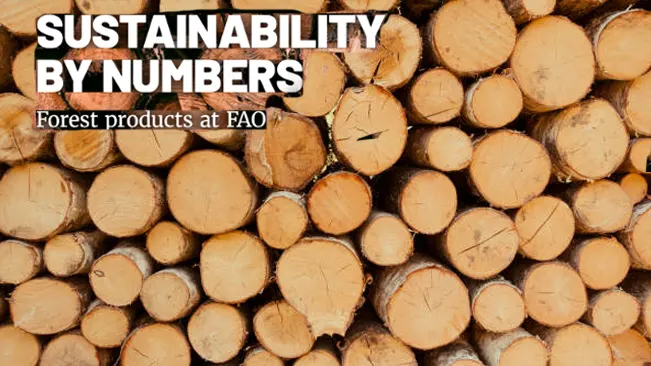
Sustainability is a key focus in forestry, with publications like Sustainability by Numbers: Forest Products at FAO exploring innovative approaches to sustainable practices. This report, authored by the FAO Forestry Department, emphasizes new technologies and policy changes that support long-term forest health and productivity.
As sustainability gains importance in forestry, these publications offer crucial guidance on integrating sustainable practices into everyday management.
How to Access and Utilize Forestry Publications
With so many valuable resources available, it’s important to know how to access and make the most of them. Many of the journals and reports mentioned are available online through institutional subscriptions or open-access platforms. Websites like MDPI, Springer, and the FAO’s online library provide access to a wealth of information at little to no cost.
For those involved in professional forestry, memberships in organizations like the Institute of Chartered Foresters or the Royal Forestry Society often include subscriptions to key publications as part of the membership benefits. Staying updated with the latest research is easier by subscribing to newsletters from organizations like the FAO, which offer updates on new publications, events, and developments in forestry.
Additionally, attending conferences and workshops, such as those hosted by the Institute of Chartered Foresters, provides another effective way to engage with cutting-edge research and practices.
Conclusion
Engaging with forestry publications is not just a matter of professional development; it’s a critical component of responsible and effective forest management. Whether you’re a researcher, practitioner, or policymaker, these resources provide the knowledge and insights needed to navigate the complexities of modern forestry.
By staying informed through these essential publications, you can contribute to the sustainable management and conservation of our forests, ensuring they continue to thrive for generations to come.
Frequently Asked Questions (FAQ’s)
- What are the key benefits of staying updated with forestry publications?
Staying updated with forestry publications helps professionals remain informed about the latest research, trends, and best practices. It enables them to apply new knowledge to improve forest management, conservation strategies, and policy-making. - Which forestry journals are considered essential for in-depth research?
Key journals include Forest Ecology and Management, Canadian Journal of Forest Research, and Forests. These journals provide peer-reviewed articles on a wide range of topics, from forest ecology to management practices, making them essential for researchers and practitioners alike. - How can forestry publications influence policy-making?
Forestry publications often include studies, reports, and case studies that highlight the impacts of certain policies or practices. Policymakers can use this information to draft regulations, conservation strategies, and management plans that are based on the latest scientific evidence. - Where can I find open-access forestry journals?
Open-access journals like Forests and Forest Ecosystems are available through platforms such as MDPI and Springer. These journals allow free access to their content, making it easier for a wider audience to access and apply the research. - What types of reports should I read for a comprehensive overview of global forestry trends?
Reports like The State of the World’s Forests by the FAO and Forestry Statistics by Forest Research offer comprehensive overviews of global and regional forestry trends. These reports provide critical data and analyses that are valuable for understanding the current state of forestry worldwide. - How do I determine which forestry publications are most relevant to my field?
The relevance of forestry publications depends on your specific area of interest. If you focus on ecological research, journals like Forest Ecology and Management are essential. For practical forestry and policy-related insights, reports from organizations like the FAO and publications like TREES magazine are more relevant. - What emerging topics should I be aware of in current forestry publications?
Emerging topics in forestry publications include climate change impacts, forest resilience, sustainable management practices, and the integration of new technologies like remote sensing in forestry. These topics are critical as they address the evolving challenges and opportunities in the field. - Can forestry publications help in practical forest management?
Yes, many forestry publications are tailored for practitioners, offering practical advice, case studies, and guidelines. Magazines like TREES and journals such as the Quarterly Journal of Forestry provide actionable insights that can be directly applied to forest management practices. - How can I stay regularly updated with new forestry publications?
Subscribing to newsletters from organizations like the FAO, the Institute of Chartered Foresters, or the Royal Forestry Society is a great way to stay updated. Additionally, attending conferences, following relevant journals online, and participating in workshops can keep you informed about the latest developments. - What role do regional journals play in forestry research and practice?
Regional journals like Scandinavian Journal of Forest Research and Irish Forestry provide insights specific to certain geographical areas, which are crucial for understanding local challenges and applying appropriate management practices. They often focus on region-specific issues that might not be covered in broader, international journals.

Jordan Blake
Forestry AuthorJordan Blake is a forestry expert with over 15 years of experience in arboriculture and community education. Passionate about sustainable forest management, Jordan regularly writes for Forestry.com and Tree Care Magazine. Holding certifications in tree health assessments and urban forestry management, Jordan conducts workshops to educate the public on sustainable practices. Jordan has a degree in Environmental Science and enjoys hiking and photography in their free time.











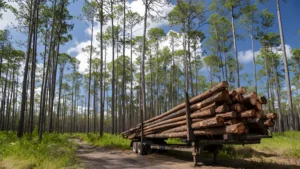
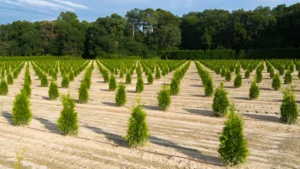
Leave your comment